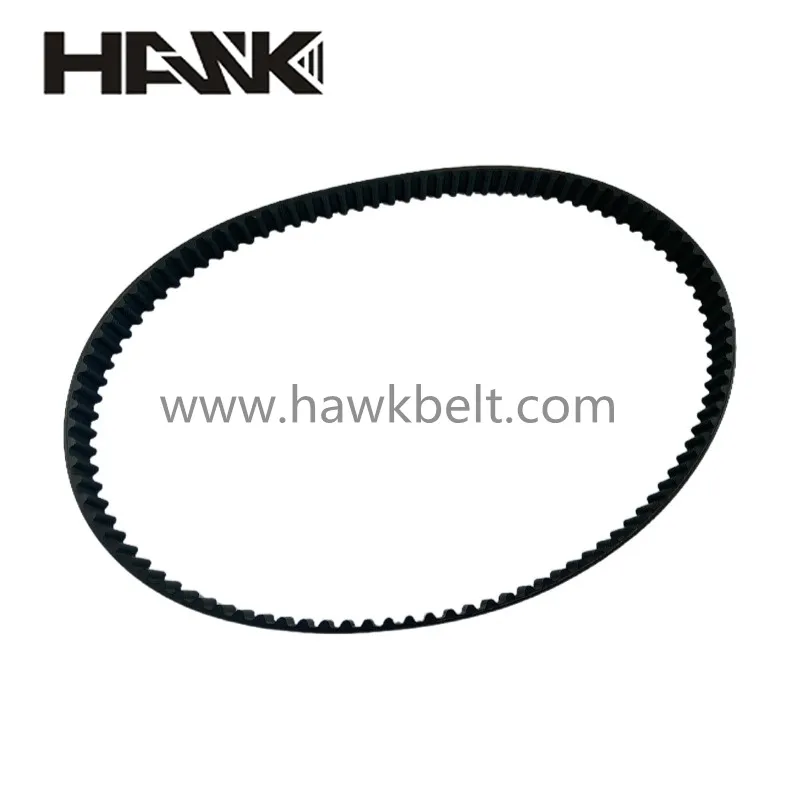- Arabic
- French
- Russian
- Spanish
- Portuguese
- Turkish
- Armenian
- English
- Albanian
- Amharic
- Azerbaijani
- Basque
- Belarusian
- Bengali
- Bosnian
- Bulgarian
- Catalan
- Cebuano
- Corsican
- Croatian
- Czech
- Danish
- Dutch
- Afrikaans
- Esperanto
- Estonian
- Finnish
- Frisian
- Galician
- Georgian
- German
- Greek
- Gujarati
- Haitian Creole
- hausa
- hawaiian
- Hebrew
- Hindi
- Miao
- Hungarian
- Icelandic
- igbo
- Indonesian
- irish
- Italian
- Japanese
- Javanese
- Kannada
- kazakh
- Khmer
- Rwandese
- Korean
- Kurdish
- Kyrgyz
- Lao
- Latin
- Latvian
- Lithuanian
- Luxembourgish
- Macedonian
- Malgashi
- Malay
- Malayalam
- Maltese
- Maori
- Marathi
- Mongolian
- Myanmar
- Nepali
- Norwegian
- Norwegian
- Occitan
- Pashto
- Persian
- Polish
- Punjabi
- Romanian
- Samoan
- Scottish Gaelic
- Serbian
- Sesotho
- Shona
- Sindhi
- Sinhala
- Slovak
- Slovenian
- Somali
- Sundanese
- Swahili
- Swedish
- Tagalog
- Tajik
- Tamil
- Tatar
- Telugu
- Thai
- Turkmen
- Ukrainian
- Urdu
- Uighur
- Uzbek
- Vietnamese
- Welsh
- Bantu
- Yiddish
- Yoruba
- Zulu
Sep . 22, 2024 17:22 Back to list
synchronous belt drive
Understanding Synchronous Belt Drive Systems
A synchronous belt drive is a mechanical system that relies on the meshing of teeth on a belt with corresponding grooves on pulleys to transmit power and motion between shafts. Unlike traditional belt drives that slip on the pulleys, synchronous belt drives maintain a positive engagement, resulting in precise timing and synchronization between components. This reliability makes them a popular choice in various applications, from automotive engines to industrial machinery.
Components of Synchronous Belt Drive
The primary components of a synchronous belt drive system include the synchronous belt, pulleys (usually referred to as sprockets), and tensioners. The synchronous belt is made of a strong, flexible material, often reinforced with fibers to enhance its tensile strength and durability. The teeth on the belt engage with the grooves of the pulleys, which helps in maintaining the axial alignment and reducing slippage.
Pulleys can come in various configurations, such as fixed or adjustable, and are designed to precisely match the specifications of the belt. Tensioners play a crucial role in maintaining the appropriate tension within the system, ensuring that the belt does not become too slack or too tight, both of which could lead to premature wear or failure.
Advantages of Synchronous Belt Drives
Synchronous belt drives offer several advantages over other types of mechanical drive systems. One of the most significant benefits is their ability to transmit power with high levels of efficiency. Because there is no slippage between the belt and the pulleys, energy loss is minimized, making synchronous drives a cost-effective option for many applications.
synchronous belt drive

Another advantage is the quiet operation of synchronous belt drives. The positive engagement of the belt teeth with the pulleys reduces noise levels, making them particularly suitable for environments where noise reduction is essential.
Additionally, the design of synchronous belts allows for the transfer of motion across long distances and varying alignment configurations without compromising performance. This flexibility opens up a wide array of applications in industries ranging from automotive and aerospace to manufacturing and robotics.
Applications
Synchronous belt drives are widely utilized in various sectors. In the automotive industry, they are frequently found in timing belt systems that synchronize the rotation of the crankshaft and camshaft, ensuring optimal engine performance. In manufacturing, synchronous drives are essential in conveyor systems where precise timing is critical for production efficiency.
In robotics, these systems are employed in actuators and motion control applications, allowing for accurate positioning and movement. Their adaptability and reliability make them an indispensable component in modern engineering.
In conclusion, synchronous belt drives are essential mechanical systems that provide efficient, reliable, and quiet power transmission across multiple industries. Understanding their components, advantages, and applications can help engineers and designers leverage this technology effectively, leading to improved performance and innovation in their respective fields. As technology advances, it is likely that synchronous belt drives will continue to evolve, offering even more capabilities and efficiencies.
-
Korean Auto Parts Timing Belt 24312-37500 For Hyundai/Kia
NewsMar.07,2025
-
7PK2300 90916-T2024 RIBBED BELT POLY V BELT PK BELT
NewsMar.07,2025
-
Chinese Auto Belt Factory 310-2M-22 For BMW/Mercedes-Benz
NewsMar.07,2025
-
Chinese Auto Belt Factory 310-2M-22 For BMW/Mercedes-Benz
NewsMar.07,2025
-
90916-02660 PK Belt 6PK1680 For Toyota
NewsMar.07,2025
-
drive belt serpentine belt
NewsMar.07,2025

